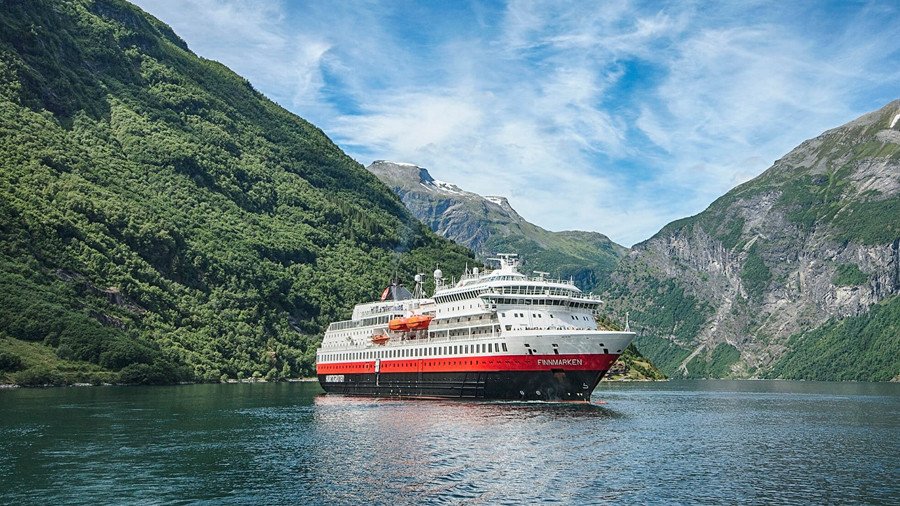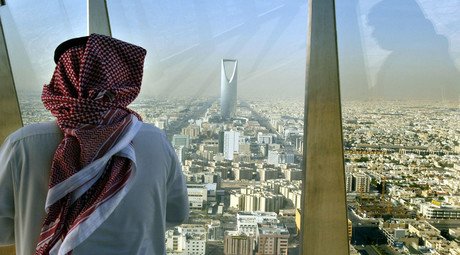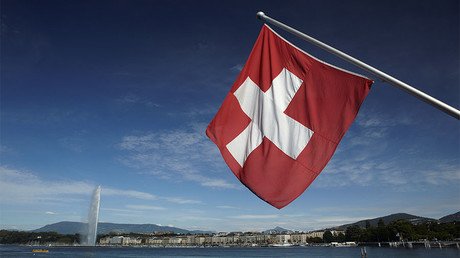Fishy fuel: Norwegian cruise ships to be powered by dead fish

Norwegian cruise operator Hurtigruten said it will power its ships using liquefied biogas (LBG) produced from dead fish and other kinds of organic waste, in a bid to make its ships less polluting.
The company will invest 7 billion crowns ($826 million) over three years to adapt its 17-strong fleet. Six of its older vessels will be retrofitted to run on a combination of LNG, electric batteries and LBG. Hurtigruten is also ordering three new ships that will run on electricity, with a diesel engine only as back-up.
“We are talking about an energy source (LBG) from organic waste, which would otherwise have gone up in the air. This is waste material from dead fish, from agriculture and forestry,” Hurtigruten CEO Daniel Skjeldam told Reuters. He added: “Our main aim is to improve and cut emissions.”
Hurtigruten is the world's biggest expedition cruise operator, its ships ferry tourists along Norway’s fjords and coastline and up into the Arctic. It wants to be carbon neutral by 2050.
READ MORE: Airliner fueled by mustard seed oil takes flight from US to Australia
The company’s decision comes as the shipping sector is facing tougher international regulations. That includes cuts in CO2 emissions by at least 50 percent by 2050 compared with 2008 levels, and a ban on fuels with sulphur content above 0.5 percent from 2020, compared to the current 3.5 percent level.
Two of Hurtigruten’s electric battery-powered ships, costing over 150 million euros each, are already under construction. The company has a letter of intent for a third which will help Hurtigruten market itself as a green cruise company.
READ MORE: Choo-choo without CO2: World’s first hydrogen-powered train enters service in Germany
“The changes in the Arctic over the past 20-30 years are not caused by carbon dioxide emissions in the Arctic, but you can see the effects of the emissions elsewhere in the world first in the Arctic,” said Skjeldam.
“Our crews have seen glaciers retreat and plastic waste on beaches where they land,” he added.
For more stories on economy & finance visit RT's business section














